Not My Debt Letter Template to Dispute Incorrect Claims
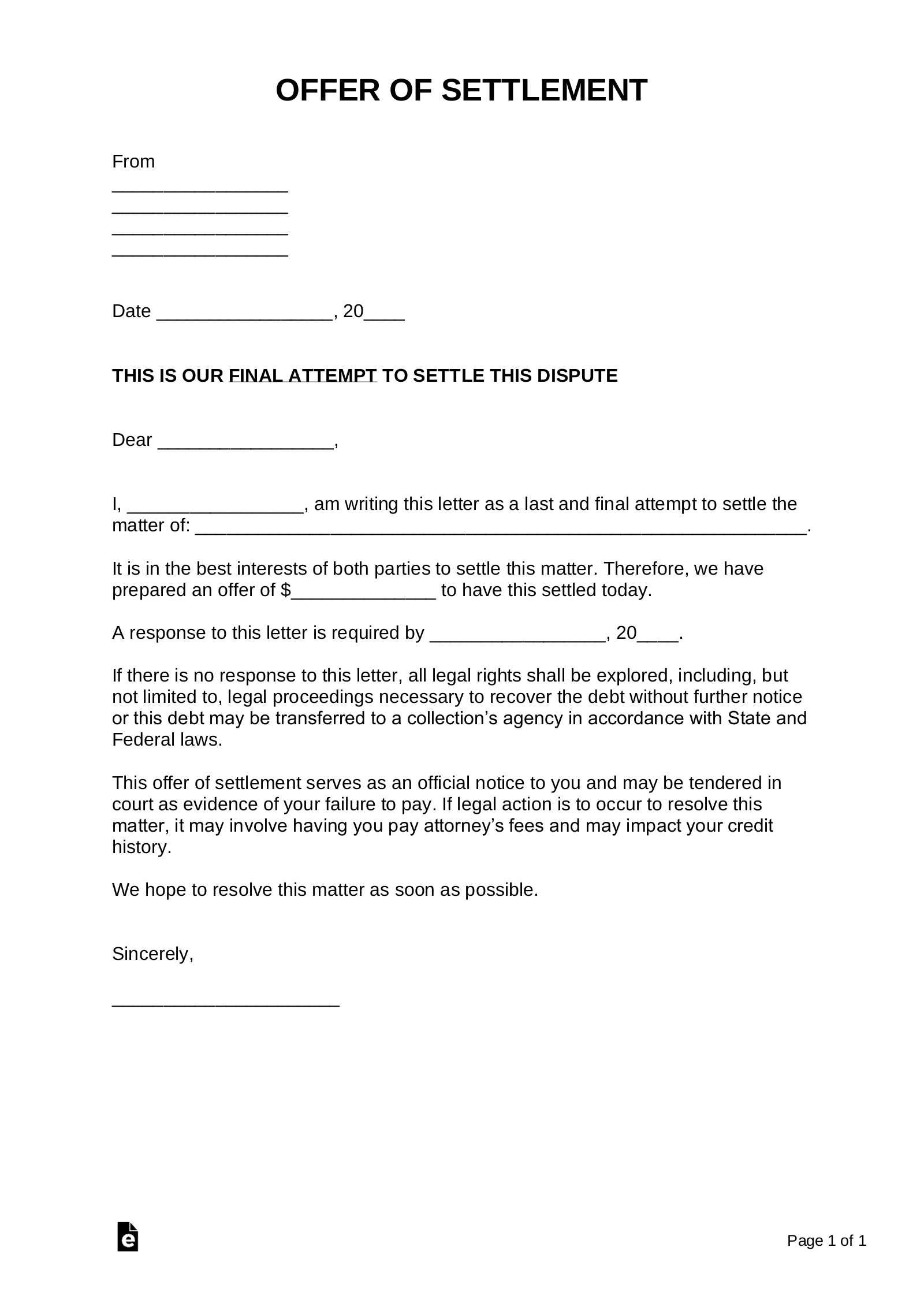
When you receive a claim that you believe is incorrect, it’s crucial to act quickly and clearly express your disagreement. Ensuring that you communicate properly can help resolve the issue efficiently. This guide will outline the key steps to follow when addressing a claim that doesn’t belong to you.
Steps to Take When Contesting a Claim
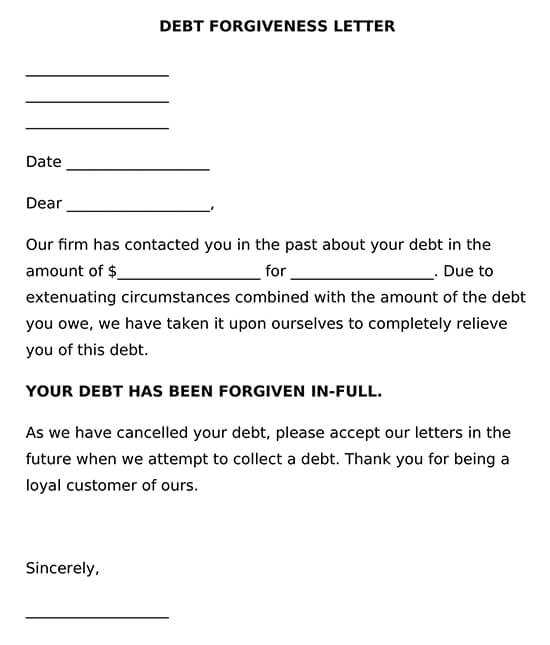
The first step in handling an erroneous claim is gathering all relevant information. Review any documents or communications related to the claim to identify why it’s incorrect. Once you have all the facts, you can move on to crafting a response.
Include Relevant Details
Make sure to include personal identification information such as your full name, address, and any reference numbers linked to the dispute. It’s also important to specify why the claim is inaccurate, providing clear explanations and evidence whenever possible.
Remain Professional and Clear
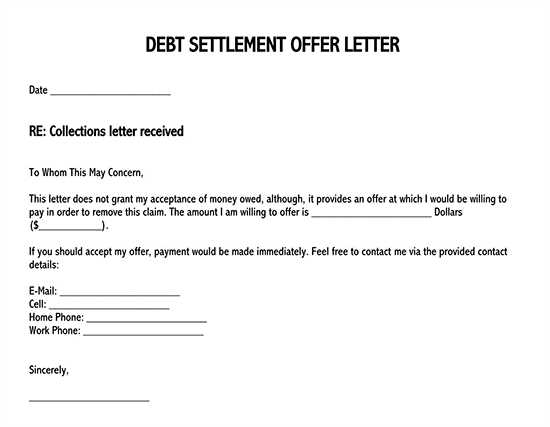
Even if the situation is frustrating, maintain a polite and professional tone. The goal is to resolve the issue without escalating the situation. A concise and well-written response is more likely to be taken seriously.
What to Expect After Sending Your Response
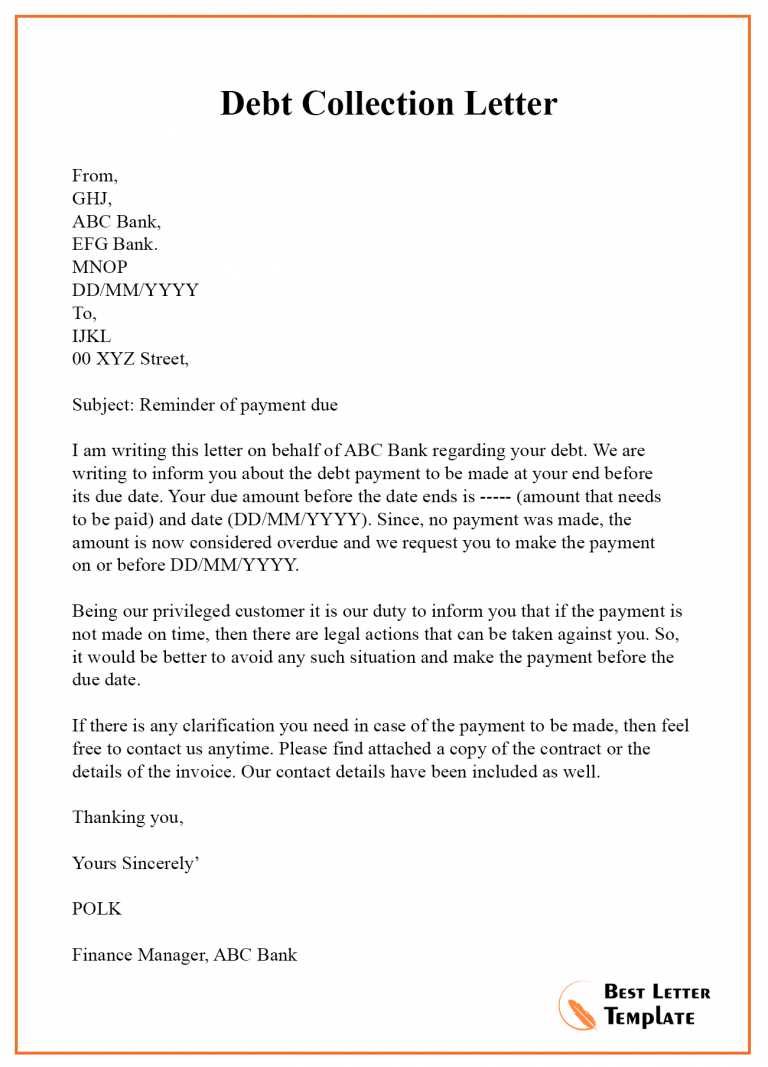
After sending your response, the organization will review your case and respond. This could take time, but it’s important to follow up if you don’t hear back within the stated time frame. Be prepared to provide additional information if needed.
Monitor the Situation
Once the claim is reviewed, make sure to monitor your financial records. If the issue isn’t resolved promptly, you may need to escalate the matter to the appropriate regulatory body or seek legal advice.
Know Your Rights
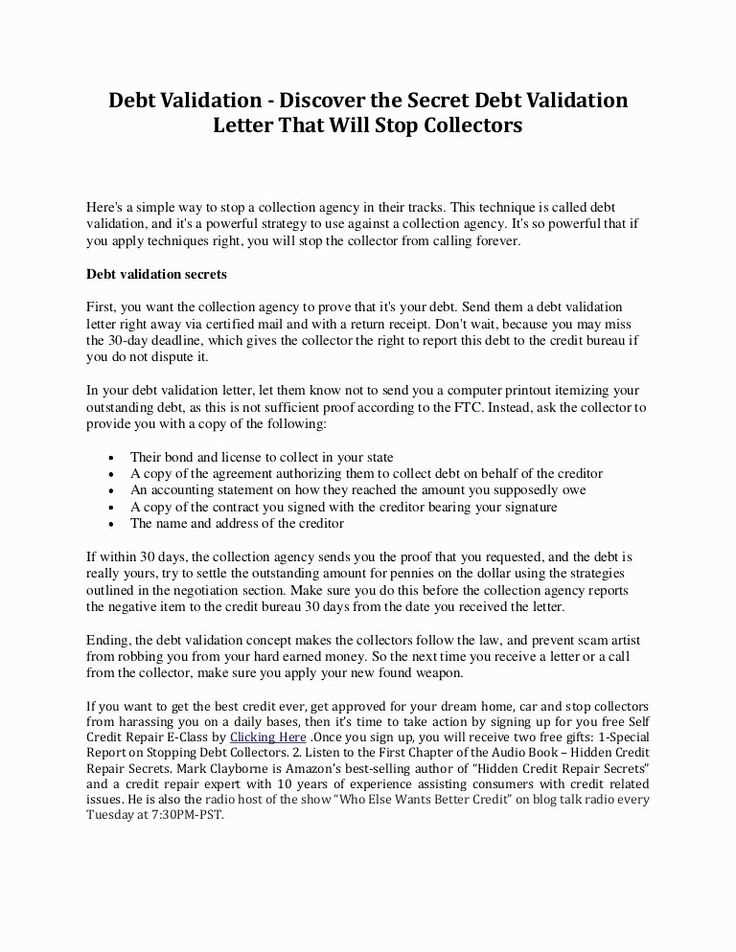
Remember that you have the right to dispute any claim that you believe is incorrect. Understanding your legal protections is essential in ensuring that your case is handled fairly and appropriately.
How to Address Incorrect Financial Claims
When you encounter a financial claim that does not belong to you, it is essential to act promptly. A well-crafted response can protect your rights and help clarify the situation. This section will guide you through the necessary steps to dispute an erroneous claim and ensure your response is effective.
Essential Information to Include in Your Response
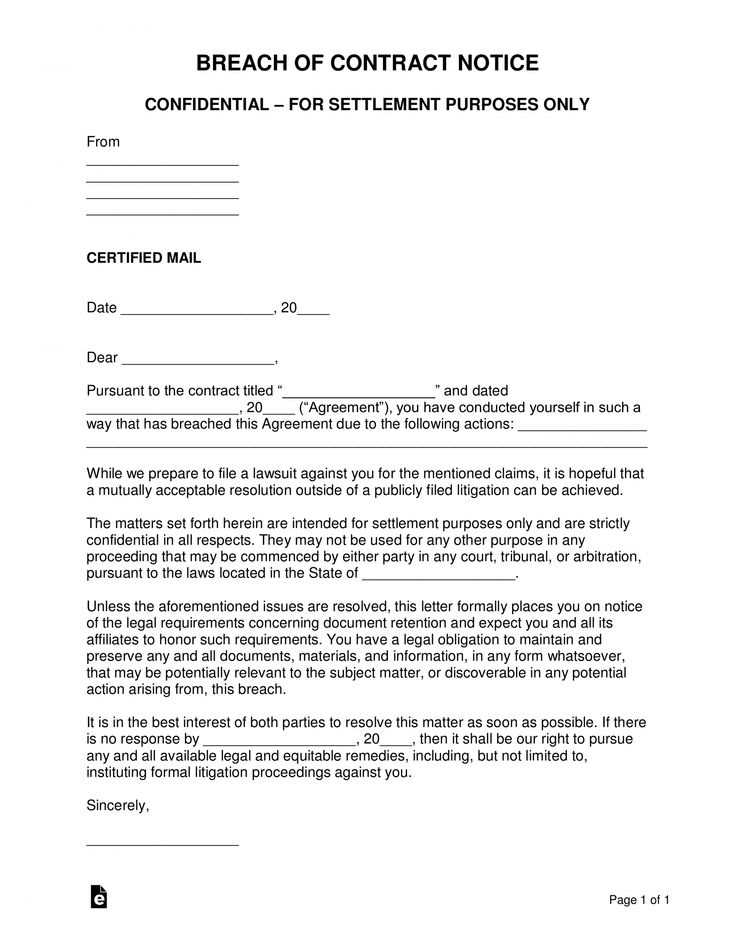
Your response should contain key details that make it clear why the claim is incorrect. Include your personal information such as your full name and any reference numbers related to the matter. Additionally, provide a clear explanation of why the claim does not apply to you, supported by any relevant documents or evidence.
How to Identify Misleading Claims
It’s crucial to carefully review the communication to identify whether the claim is genuinely yours. Look for errors in the amount, date, or origin of the claim. In some cases, the claim may be the result of an administrative mistake or confusion between individuals with similar names.
Know Your Rights in these situations. You are entitled to dispute any claim that you believe is incorrect. Understanding your legal protections is vital for ensuring a fair process. Always act quickly to avoid the issue escalating.
Best Practices for crafting your response include maintaining a professional tone and keeping your message clear and to the point. Avoid emotional language, as it may weaken your case. A well-organized response is more likely to be taken seriously by the relevant parties.
What Happens After Sending Your Response depends on the nature of the claim. You should expect to receive a reply from the company or agency, either confirming that the claim was incorrect or requesting further information. Stay vigilant and monitor the situation to ensure that the matter is resolved.